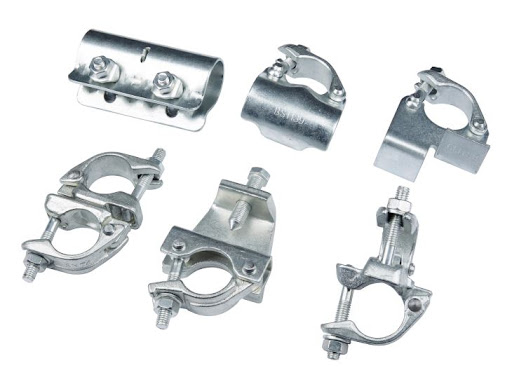Couplers are an important part of scaffolding systems. These are essential for any staging equipment, since they ensure that the whole structure is stable and completely safe for use. Since numerous people make use of scaffolds to work at heights, it is important for all of them to use these fastening components of paramount quality. There are several kinds of couplers being used in the building industry for carrying out construction and remedial work. There are several types of popular couplers:
Double Coupler
This is the basic type of coupling instrument used in scaffolds, and used in putting together two beams or rods at various angles. These are made from high grade metals, like mild steel or stainless steel, and coated with zinc, so as to provide it strength, reliability and durability. It comes with two nuts made of boron, which allow the users to fasten the beams being linked in a perpendicular position with the assistance of scaffolding spanners. The tube size and nut size of the double coupler varies with each product, since it is meant to accommodate rods of differing girths.
Single Coupler
This type of fastening device is used for combining putlogs with horizontal ledger tubes in an efficient and safe manner. With the help of this scaffolding accessory, the workers can make sure that the boards they use while commissioning the construction job is tied flat upon the pinnacle of the tube. The manufacturers of these products employ the hardiest metals while fabricating them in a single piece, so that each piece is stable and easy to install. A standard product under this range is resistant to corrosion, wear & tear, and possesses long service life.
Beam Clamp
This type of linking device is used for connecting a tube with an ‘I’ beam, and is available in various sizes to cater to the variegated requirements of the construction industry. It is slip resistant, does not leave space for distortion of any kind and possesses positive grip so that the tube and beam are clasped securely. It allows the users to work safely on a scaffolding WA setup, without any concerns for the tremendous heights they are perched upon.
Post time: Oct-08-2021

